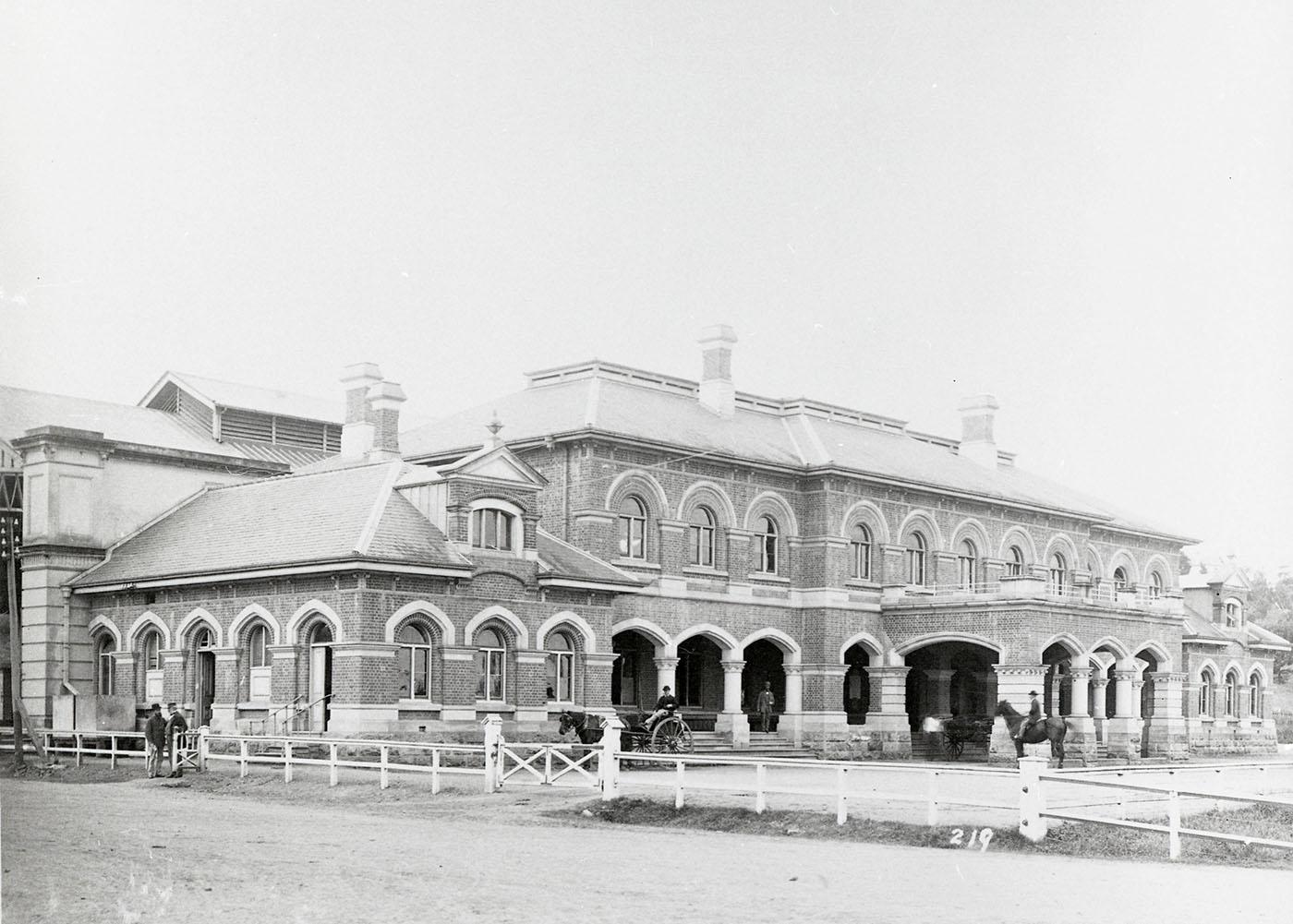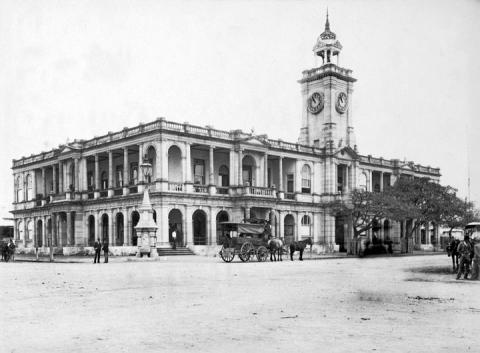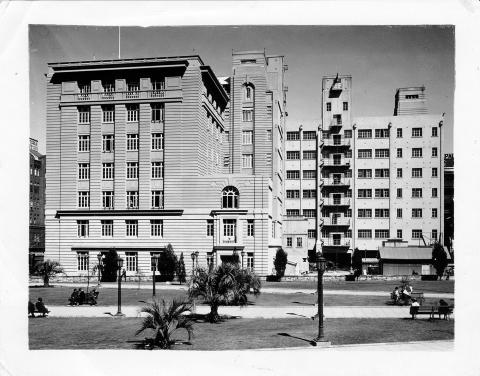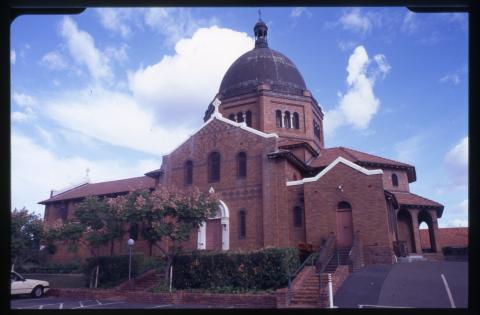
- News of the day
-
Sydney Morning Herald, Friday 18 June 1937, page 7
Sensational Accident
On Saturday evening quite a sensational accident occured at the Roma street railway crossing, but one which was, luckily, unattended by any more serious consequences than a freight to those most immediately concerned. The train from Sandgate ran into the station at about a quarter-past 7 o'clock, bring, however, but very few passengers, and for these there was a scramble among the Jehus in attendance at the station. This lot having been disposed of, the cabmen then rushed across the railway line to secure good places upon the opposite side of the station in time for the arrival of the Ipswich train. A man named John Riley, driving a two-wheeled car, No. 134, was about to traverse the line, when he was warned that the engine of the Sandgate train was close at hand. Riley seems to have lost his presence of mind, or thought he could cross before the engine could reach him, and whipped up his horse and drove ahead. He crossed the first pair of rails in safety, and was half-way across the second when the engine's cow-catcher struck the wheel of the cab, and the driver and horse and vehicle were thrown down, and projected several feet. The driver of the engine applied the brakes, but too late. The engine was then put back, and numbers of bystanders rushed to the permanent way to render assistance. Riley and his horse were expected to be killed, but fears were quickly dispelled by Riley himself rising from the ground more frightened than hurt. The horse was found to have received one or two cuts, but nothing serious. The greatest injury was done to the vehicle, the axle being broken and the wheel smashed. The cab was removed, and Riley shortly after led his horse home. - Background
-
The Roma Street Railway Station was constructed in 1873-5 as the first Brisbane Terminal Station prior to the construction of the Brisbane Central Railway Station and for use on the Brisbane end of the South-Western Railway Line from Toowoomba. The building was designed by FDG Stanley, the Superintendent of Public Buildings in 1873 and built over the next two years by Brisbane builder, John Petrie.
The Queensland Parliament passed the Railway Act in 1863, enabling the first railways to be constructed. A railway survey had been undertaken by the New South Wales Government in 1856 prior to separation, but it was the Moreton Bay Tramway Company who, on constructing a wooden-railed horse hauled tramway between Ipswich and Toowoomba in 1861, pioneered rail transportation to Queensland. Queensland's sparse population discouraged rail transportation as non--viable.
The first line between Ipswich and a small town near Ipswich, Bigge's Camp (or Grandchester as it is now known) was opened in 1865. This was the first stage of a four stage project which was to eventually to link Ipswich to Warwick in 1871, passing through Toowoomba in 1867 and Dalby in 1868. The Ipswich community was opposed to the extension of the railway toward Brisbane, which threatened to reduce valuable shipping trade to Ipswich. Despite reluctance a preliminary survey of the line between Ipswich and Brisbane was completed in November of 1865.
As part of the planning for the new line a major station was planned at the Brisbane Terminal at Roma Street. This building was originally to be an imported iron station building from Britain designed by Sir C. Fox and Son. The downturn in the state's economy in the late 1860s, resulted in a smaller station which was built to a design of FDG Stanley in 1873-5. The order for the iron building was cancelled, not, however, before certain elements were in transit from London; consequently a large iron carriage shed arrived and was dismantled for use on a number of projects.
By 1872 a report of the Royal Commission on Railway Construction was presented to Parliament which made a case for the extension of the South-West Railway into Brisbane. The case for the railway line was adopted and plans were immediately made for a survey which estimated the cost of the rail link to be £192,000, or £8000 per mile of line. Previously a decision was made to adopt a narrow gauge of 3'6", rather than the wider gauge adopted in other states and this reflects the general attitude toward the construction of railway lines and stations in Queensland in these first years, that of providing adequate facilities economically. On January 30, 1873, the first sod was turned on the extension of the line to Brisbane by the Marquis of Normanby.
In October of 1973, a tender notice appeared in the Government Gazette for the construction of the railway station in Brisbane. FDG Stanley who was the Superintendent of Buildings within the Public Works Department at the time, was the designer of the building. The tender of John Petrie was accepted in on December 1, 1873. The building was then built over the next two years.
Courtesy of the Queensland Heritage Register
/153.0186913,-27.4666066,7/450x450@2x.png?access_token=pk.eyJ1IjoicXNhLWRpc2NvLXFsZCIsImEiOiJjamJmdTgyZXEyeWNjMnlxZm8xcmtieHgxIn0.lmT9J5tTPKGuuccQgCVSAg)



